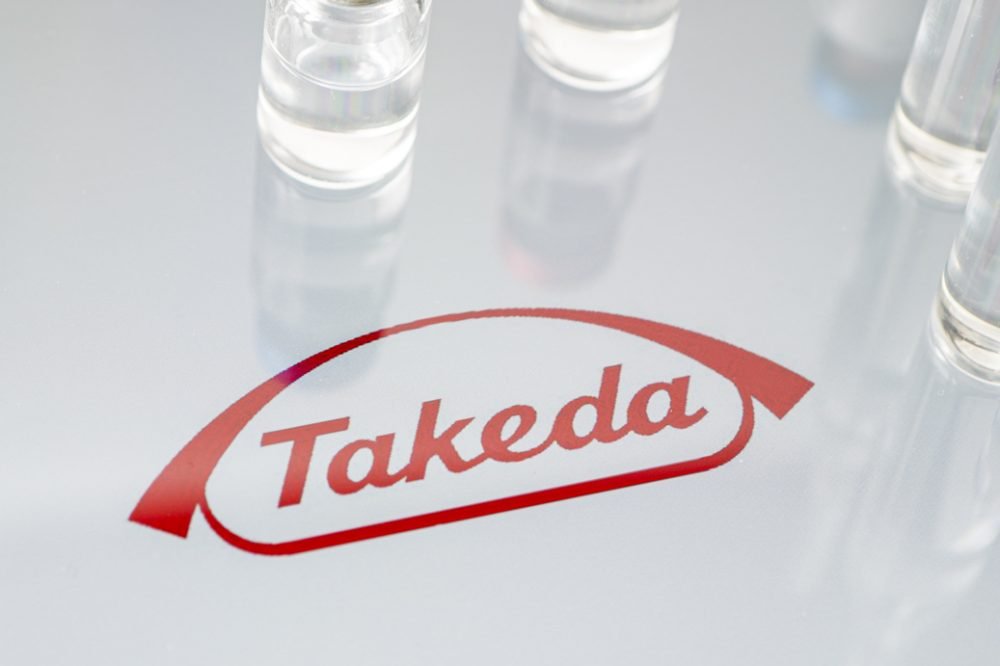Advertisment
Phase III HELP study of Takhzyro shows long-term safety and efficacy in Hereditary Angioedema – Takeda

Takeda Pharmaceutical announced results from two final analyses from the Phase III HELP (Hereditary Angioedema Long-term Prophylaxis) Study Open-label Extension (OLE), which evaluated the long-term safety (primary endpoint) and efficacy of Takhzyro (lanadelumab) 300 mg every two weeks for up to 2.5 years. In the first analysis, the mean (min, max) reduction in the attack rate compared to baseline observed in the study population (N=212) was of 87.4 percent (-100; 852.8), and the median reduction was 97.7 percent and patients received treatment for a mean (standard deviation) duration of 29.6 (8.2) months. At steady state – day 70 to the end of the treatment period – attack rates were further reduced to a mean of 92.4 percent and a median reduction of 98.2 percent. An additional analysis further suggests Takhzyro was a well-tolerated treatment that prevented HAE attacks over an extended planned 132 week treatment period across specific HAE patient demographic and disease characteristic subgroups.
Results from the HELP Study OLE found that Takhzyro sustained efficacy in the prevention of HAE attacks by reducing attack rates in a treatment period of up to 132 weeks. Takhzyro, which has a half-life of approximately 14 days, is expected to reach steady state at approximately 70 days. The HELP Study OLE analysis of attack-free status during the steady state period showed that the efficacy of Takhzyro 300 mg administered subcutaneously every two weeks in rollover patients was consistent with the original findings from the HELP Study.
In a further HELP Study OLE analysis, treatment with Takhzyro 300 mg every two weeks was well-tolerated and effectively reduced attack rates over an extended treatment period across different patient demographic and disease characteristics, including patient age, gender, race, HAE type, body mass index, history of long-term prophylaxis use, and baseline attack rate. The safety profile of Takhzyro was comparable across all evaluated subgroups with treatment-related TEAEs occurring in 54.7 percent of patients (n=116) and the most common being injection-site pain. These data are being presented at the 2021 European Academy of Allergy and Clinical Immunology (EAACI) Hybrid Congress.





